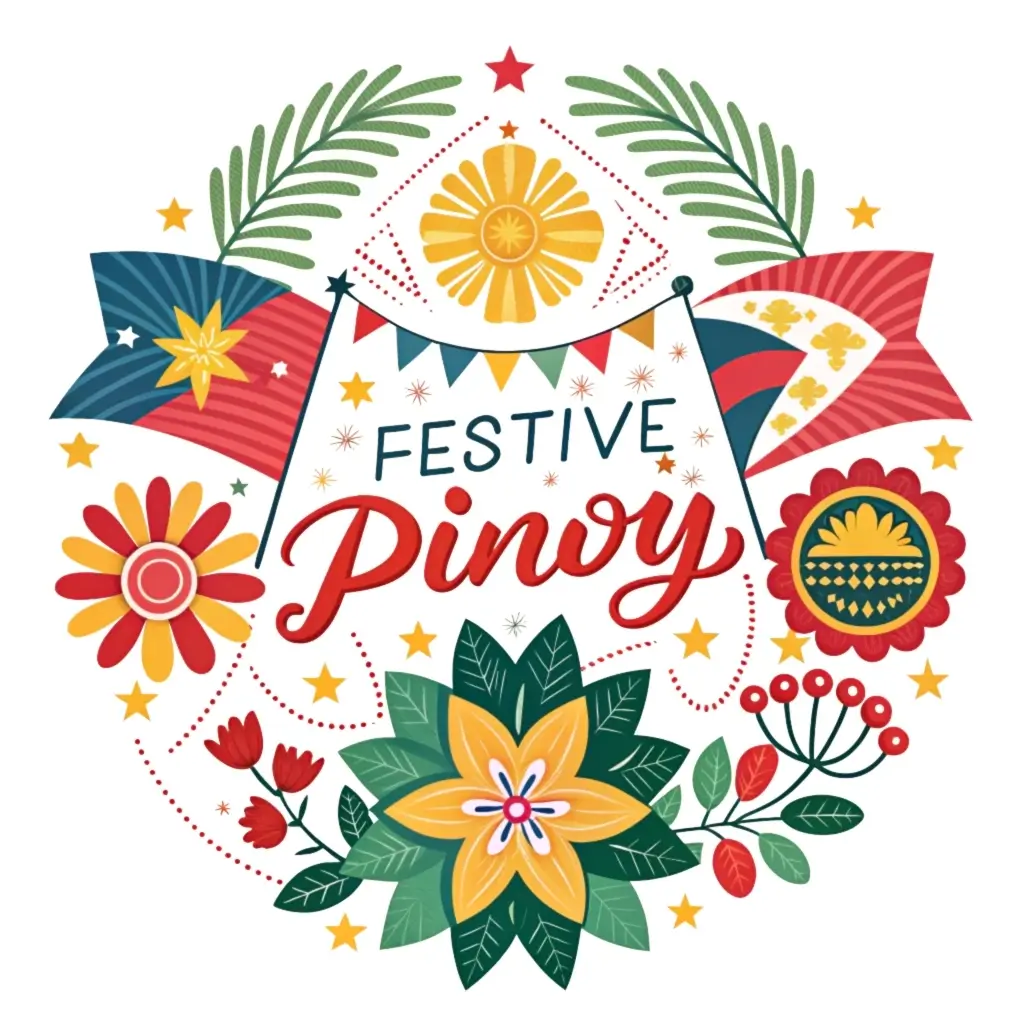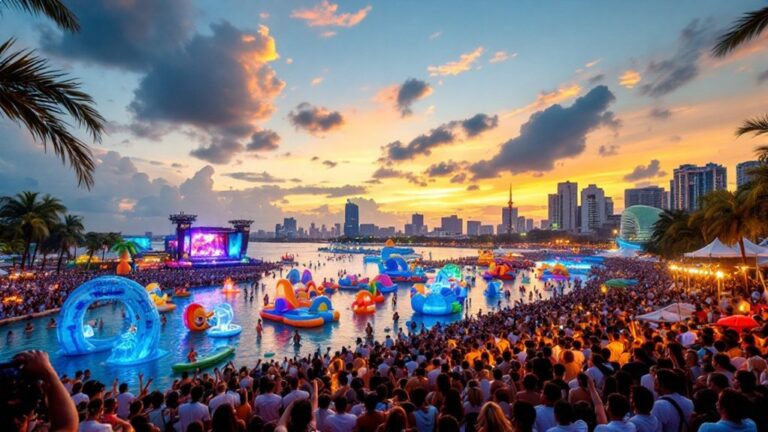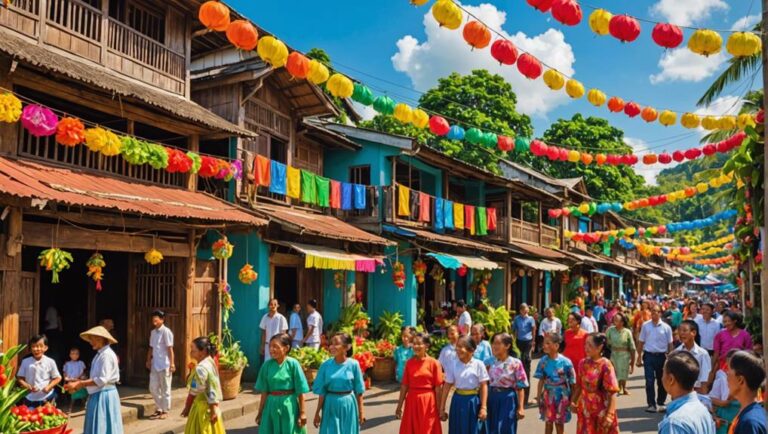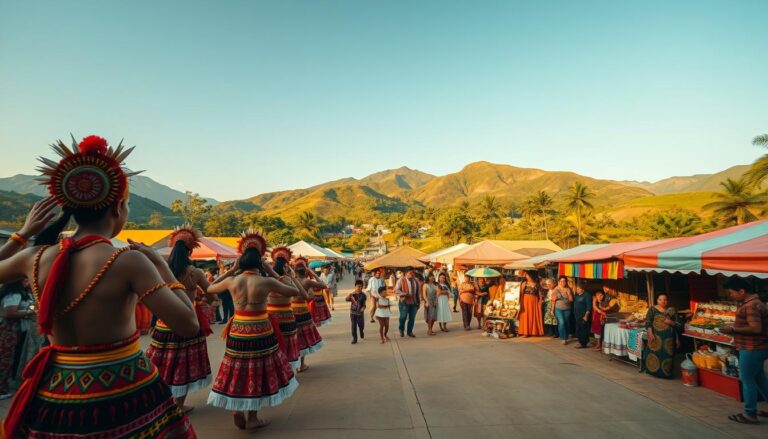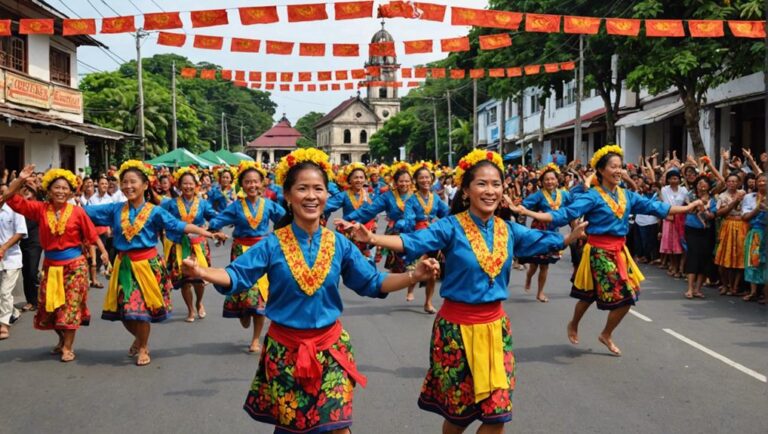Sapatos Festival: Metro Manila’s Sapatos Festival: A Complete Guide
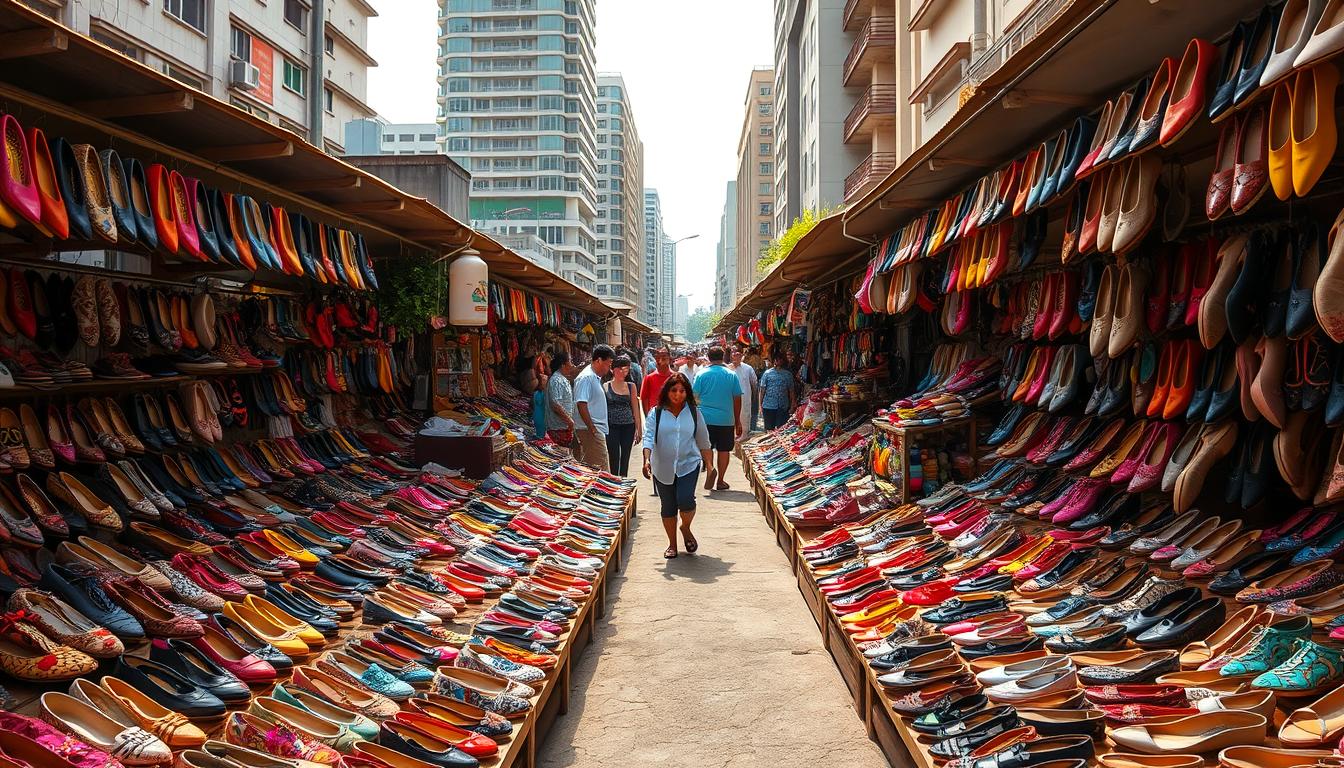
Marikina City’s annual celebration of craftsmanship and heritage brings together tradition, innovation, and community pride. This vibrant event highlights the city’s legacy as the Shoe Capital of the Philippines, showcasing locally made footwear known for durability and style. Whether you’re a first-time visitor or a longtime supporter, this guide explores the cultural heartbeat and economic impact of the festivities.
Since its renaming in 2005, the event has grown into a cornerstone of Metro Manila’s cultural calendar. Mayor Marcelino Teodoro, a key advocate, emphasizes its role in preserving Marikina’s shoemaking heritage while driving local commerce. The city even earned a Guinness World Record in 2002 for crafting the largest pair of shoes—a testament to its artisans’ skill.
Visitors can expect lively activities like stiletto races, holiday markets, and live performances. Over 48 manufacturers display products ranging from everyday footwear to premium leather goods. Many artisans, including those who’ve crafted shoes for national leaders, participate in the festivities.
Beyond the fun, the celebration strengthens the local economy. Partnerships with groups like TESDA ensure new generations learn this craft. As we explore the festival’s schedule, history, and must-see features, you’ll discover why this event remains a symbol of Filipino pride and ingenuity.
Key Takeaways
- Marikina City’s festival blends cultural heritage with modern economic growth.
- Known as the Shoe Capital, the city has produced quality footwear since the colonial era.
- Mayor Marcelino Teodoro actively supports the event to boost local industries.
- Artisans showcase craftsmanship through durable, affordable products.
- Highlights include holiday markets, creative competitions, and family-friendly activities.
- The event drives tourism and supports skilled workers through training programs.
Overview of the Sapatos Festival
At the heart of Metro Manila, a vibrant gathering honors Marikina’s shoemaking history while fueling its modern economy. First launched in 2002 as the Sapatero Festival, the event was renamed in 2005 through Ordinance No. 103 to reflect its expanded focus on innovation and community growth.
Festival Overview and Purpose
This celebration serves dual goals: preserving craft traditions and boosting local businesses. Mayor Marcelino Teodoro states, “Our artisans represent generations of skill—this event ensures their work thrives in today’s market.” Over 50 micro-manufacturers display footwear, leather bags, and accessories, offering quality items at accessible prices.
Event Schedule and Venue Insights
Freedom Park, located beside Marikina City Hall, hosts activities until December 29. The space transforms into a lively marketplace where visitors explore handmade goods and watch live demonstrations. Key dates include:
| Event Highlight | Date Range | Feature |
|---|---|---|
| Opening Ceremony | December 1 | Cultural performances |
| Main Bazaar | Dec 1–29 | 100+ local vendors |
| Artisan Workshops | Weekends | Live craft demonstrations |
Morning sessions focus on family-friendly activities, while evenings highlight music and fashion shows. With easy access via public transport, the venue draws both locals and tourists eager to support products made in Marikina.
The Rich History of Marikina’s Shoe Industry
Long before becoming an industrial powerhouse, Marikina’s identity was shaped by the rhythmic tap of hammers and the scent of leather. This journey began in 1887 when Don Laureano “Kapitan Moy” Guevarra dismantled a pair of British shoes. He taught locals to replicate them, sparking a craft revolution. Products made in those early workshops laid the groundwork for a legacy now celebrated nationwide.
From Colonial Beginnings to Modern Innovation
American occupation transformed the shoe industry in the early 1900s. Factories like Hike Shoe Palace introduced machinery, replacing hand-stitching with assembly lines. By the 1930s, 139 workshops produced over 260,000 pairs yearly. “Our ancestors didn’t just make shoes—they built a culture,” says a fourth-generation artisan.
Post-WWII challenges couldn’t dim Marikina’s momentum. The city earned its Shoe Capital title in the 1950s, blending tradition with new materials like rubber soles. Landmarks like Kapitan Moy’s restored home and the Shoe Museum, which opened in 2001, preserve this heritage. Exhibits include Imelda Marcos’s famed collection and tools from pioneering craftsmen.
Today, automated cutters and 3D design software coexist with family-run shops. Though manufacturers dropped from 3,000 to 300 by 2015, programs like the Philippine Footwear Academy train new talent. From colonial experiments to Guinness-record-breaking creations, Marikina’s history proves innovation walks hand-in-hand with tradition.
Experiencing Sapatos Festival: A Cultural Celebration
Walking through Marikina’s Freedom Park during this annual event feels like stepping into a living museum of Filipino creativity. The air buzzes with laughter, live music, and the rhythmic clatter of artisans shaping leather. Over 48 local manufacturers transform the park into a treasure trove of handcrafted goods, where every stall tells a story of skill passed down through generations.
Showcasing Quality and Affordable Footwear
Visitors quickly notice the standout feature: durable, stylish shoes priced 30-50% lower than imported alternatives. Mayor Marcelino Teodoro explains, “Our craftsmen use premium materials—genuine leather soles, reinforced stitching—to create products that last years, not months.” A comparison table highlights the value:

| Product Type | Price Range (PHP) | Special Feature |
|---|---|---|
| Men’s Dress Shoes | 1,200–2,500 | Waterproof finish |
| Women’s Boots | 1,800–3,000 | Custom embroidery |
| Unisex Sandals | 400–800 | Recycled materials |
Traditions, Innovations, and Community Spirit
Fourth-generation shoemaker Orlando Santos demonstrates century-old stitching techniques beside young designers using 3D-printed prototypes. This blend of old and new defines the celebration. Families gather to watch leather-carving contests, while tech-savvy vendors offer virtual fittings via smartphone apps.
The bazaar extends beyond footwear, featuring belts, wallets, and bags made from upcycled materials. Local college students collaborate with veterans to create limited-edition collections, proving tradition evolves through fresh perspectives. As the mayor notes, “Here, every purchase supports a family’s livelihood and keeps our heritage alive.”
Legacy and Economic Impact of the Local Shoe Industry
Marikina’s shoemaking tradition doesn’t just shape culture—it powers the city’s financial engine. For generations, this craft has turned raw materials into livelihoods, with 15% of local households relying on footwear production for income.
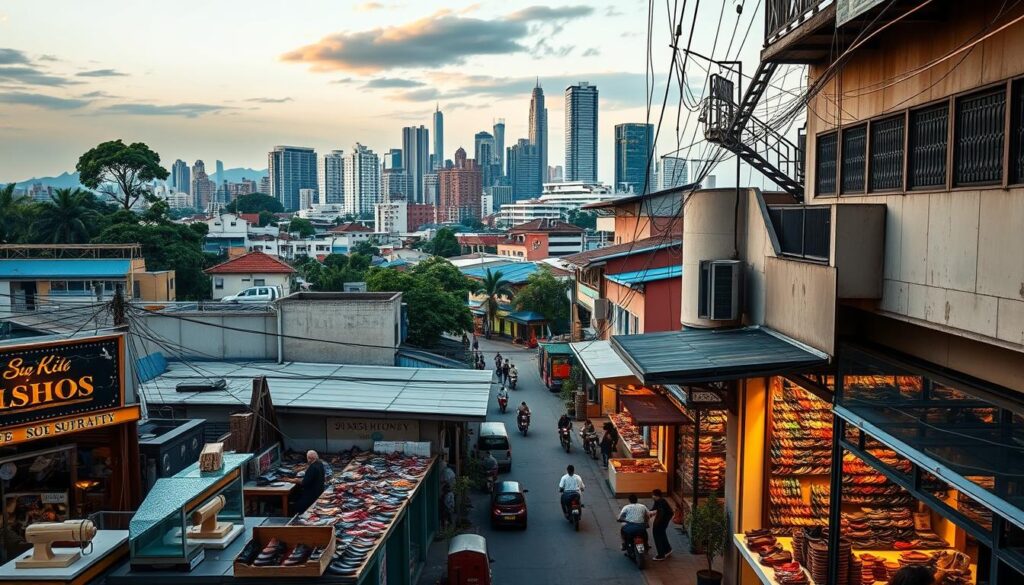
Economic Contributions and Job Creation
The industry supports over 3,000 direct jobs across 300 workshops and factories. Local officials report that footwear production contributes ₱2.8 billion annually to the regional economy. “Every pair shoes represents teamwork,” explains Councilor Marion Andres. “Cutters, stitchers, and polishers collaborate like family.”
Small manufacturers drive innovation through sustainable practices. Many use vegetable-tanned leather and recycled rubber, reducing waste while maintaining quality. This approach helps them compete against cheaper imports.
| Economic Factor | Impact | Key Initiative |
|---|---|---|
| Employment | 3,200+ jobs | Philippine Footwear Academy |
| Annual Revenue | ₱2.8 billion | Creative Industries Act |
| Export Growth | 12% since 2020 | DTI Design Competitions |
Despite global competition, community resilience keeps workshops thriving. Events like the annual bazaar help manufacturers reach new markets. When visitors choose local products, they invest in skills passed down since 1887—proving tradition and progress can walk together.
Cultural Celebrations and Community Engagement
The streets of Marikina come alive each year as neighbors and visitors gather to celebrate their shared heritage through hands-on creativity. This event transforms the city into a stage where generations connect over leather, thread, and collective pride. At its core, the celebration strengthens social bonds while honoring the skill that defines local identity.
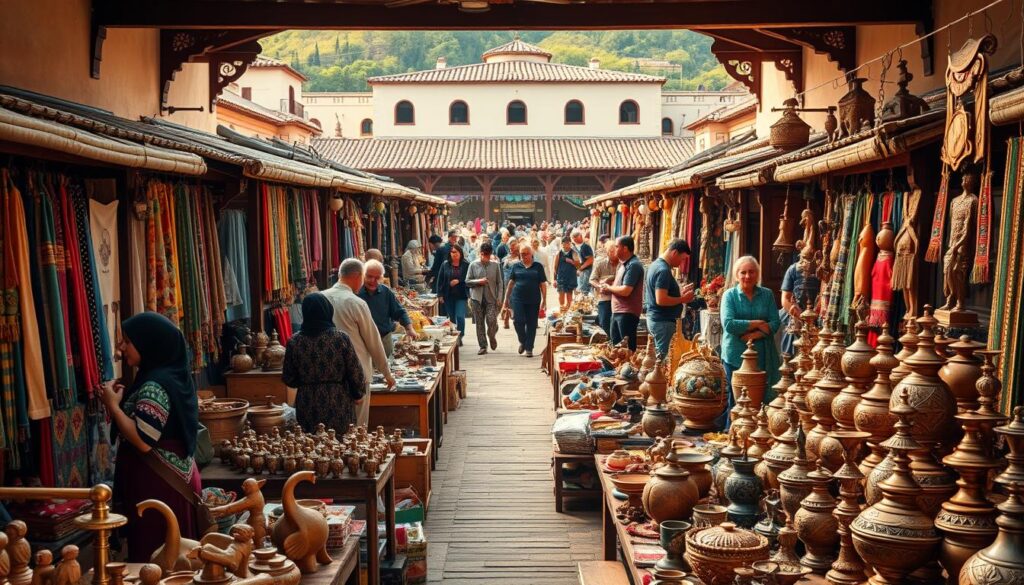
Artisan Craftsmanship and Local Pride
Fourth-generation shoemaker Lito Cruz explains, “Our tools may change, but our dedication to quality never does.” Over 70% of participating craftsmen learned their trade from family members, blending ancestral techniques with modern designs. Workshops during the event let visitors stitch their own coin purses under expert guidance—a tactile lesson in Marikina’s culture of precision.
Festive Traditions and Public Involvement
The bazaar serves as the event’s heartbeat, where residents swap stories while browsing hand-tooled belts and embroidered sandals. A council member notes, “Every December, this space becomes our town square—where business meets kinship.” Community-led activities include:
| Tradition | Participants | Purpose |
|---|---|---|
| Leather Carving Relay | Multi-generational teams | Preserve historic techniques |
| Youth Design Challenge | Local students | Spark innovation |
| Elder Stories Corner | Retired artisans | Share oral histories |
These traditions, repeated every year, reinforce belonging across age groups. Over 60% of stall organizers report collaborating with neighbors to create themed displays—proof that shared purpose fuels both creativity and unity.
Notable Figures and Success Stories
Behind every stitch and sole in Marikina’s footwear legacy stand visionaries who turned local craft into national pride. These trailblazers transformed raw materials into cultural icons while mentoring new generations of artisans.
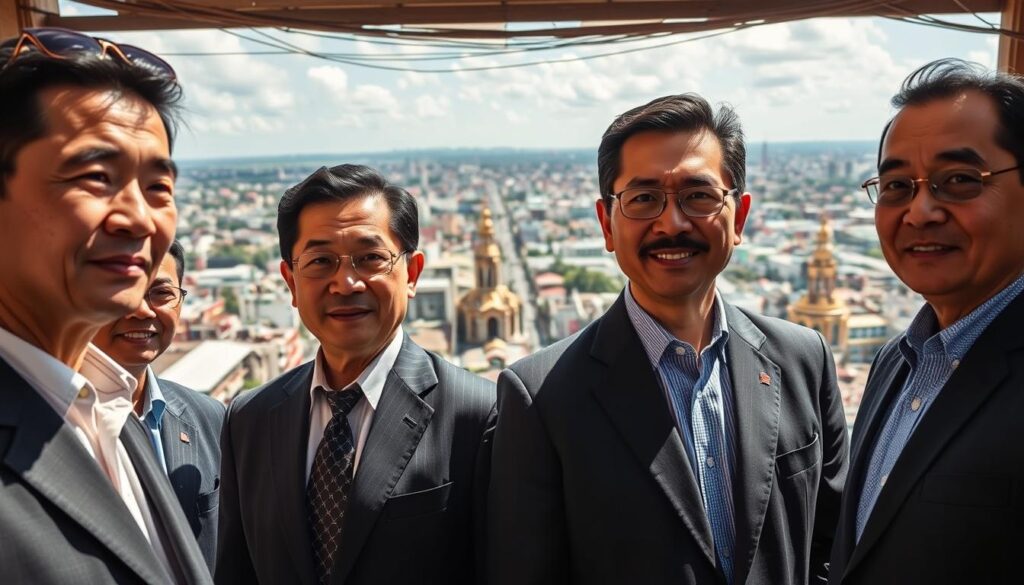
Spotlight on Key Industry Leaders
Mayor Marcelino Teodoro champions initiatives preserving shoemaking traditions through modern training programs. “We’re bridging our past with tomorrow’s opportunities,” he states, referencing partnerships with schools like the Philippine Footwear Academy.
Orlando “Tatay Orly” Santos represents living history. For 47 years, his workshop crafted footwear for national figures, including President Rodrigo Duterte. “Each pair carries our community’s heartbeat,” shares the 68-year-old master, who still teaches precision cutting techniques.
| Leader | Contribution | Legacy |
|---|---|---|
| Don Laureano Guevarra | Founded first workshop (1887) | Taught 500+ apprentices |
| Ernesto Leano | Guinness World Record team (2002) | Global recognition for craftsmanship |
| Mayor Osmundo de Guzman | Revived industry councils (2004) | Boosted export growth by 18% |
Inspiring Stories from the Festival
Tatay Orly’s apprentices now run 12 thriving shops along Lilac Street. During the annual event, they display Duterte’s presidential shoe replica—a crowd favorite that sparks conversations about quality standards.
Young designer Rica Manalo credits these mentors for her award-winning eco-friendly sneakers. “Their patience shaped my craft,” she says. Over 30% of current Marikina craftsmen trace their skills to family mentors featured at the celebration.
Through workshops and exhibits, these stories remind visitors that every product represents decades of dedication—proof that local craftsmanship walks tall on the global stage.
Visitor Information, Directions, and Tips
Planning your trip to Marikina’s iconic celebration requires smart preparation. Located just 15 kilometers east of Manila, the city government ensures smooth access to its cultural hub with clear signage and helpful staff at major entry points.
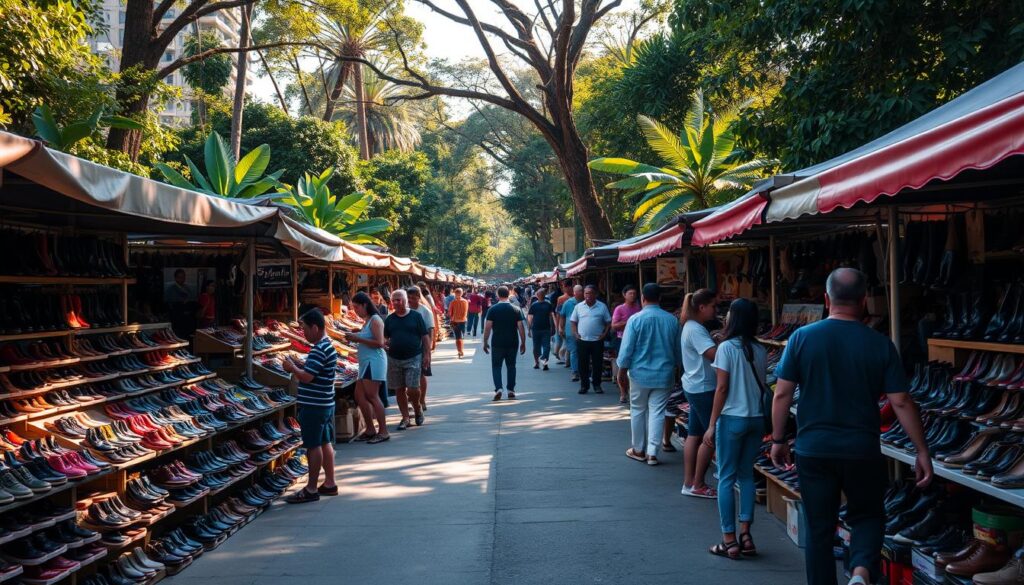
Getting to Marikina City
Most visitors arrive via Ninoy Aquino International Airport (NAIA). From there:
- By taxi: 45-minute ride to Freedom Park (₱400–₱600)
- Via LRT-2: Take the train to Cubao Station, then transfer to a jeepney bound for Marikina City Hall
- Ride-hailing apps: Grab or Angkas offer affordable options with real-time traffic updates
The main venue at Freedom Park opens daily from 11 AM to 6 PM during the year festival. Weekday mornings see fewer crowds, letting you explore the Marikina shoe bazaar comfortably. Local guides recommend wearing breathable clothes and closed-toe shoes for walking on paved pathways.
Pro tip: Visit before noon to watch made Marikina craftsmen demonstrate leather tooling techniques. Don’t miss the heritage displays near the stage area, where you’ll find limited-edition footwear leather goods unavailable elsewhere in the capital Philippines.
Conclusion
Marikina’s story isn’t just about shoes—it’s a tapestry woven from generations of skill and community resilience. As the Shoe Capital of the Philippines, the city’s leather products made with precision continue to symbolize both cultural pride and economic vitality. Workshops supported by the Industry Development Office blend ancestral techniques with modern training programs, ensuring this craft thrives for decades.
From its colonial roots to today’s Guinness-recognized achievements, the local shoe industry development fuels over 3,000 livelihoods. Partnerships with TESDA and the Shoe Tech School empower artisans to innovate while preserving quality. Every pair crafted here carries the weight of history and the promise of progress.
Visitors leave with more than durable leather products—they take home pieces of a living heritage. As Mayor Teodoro notes, “Our workshops are classrooms where tradition meets tomorrow.” Whether through collaborative design projects or youth apprenticeships, Marikina proves craftsmanship evolves without losing its soul.
Step into this vibrant hub of creativity. Support local makers, explore workshops, and witness why the shoe capital Philippines remains unmatched in artistry. Together, we keep a legacy walking forward—one sole at a time.
